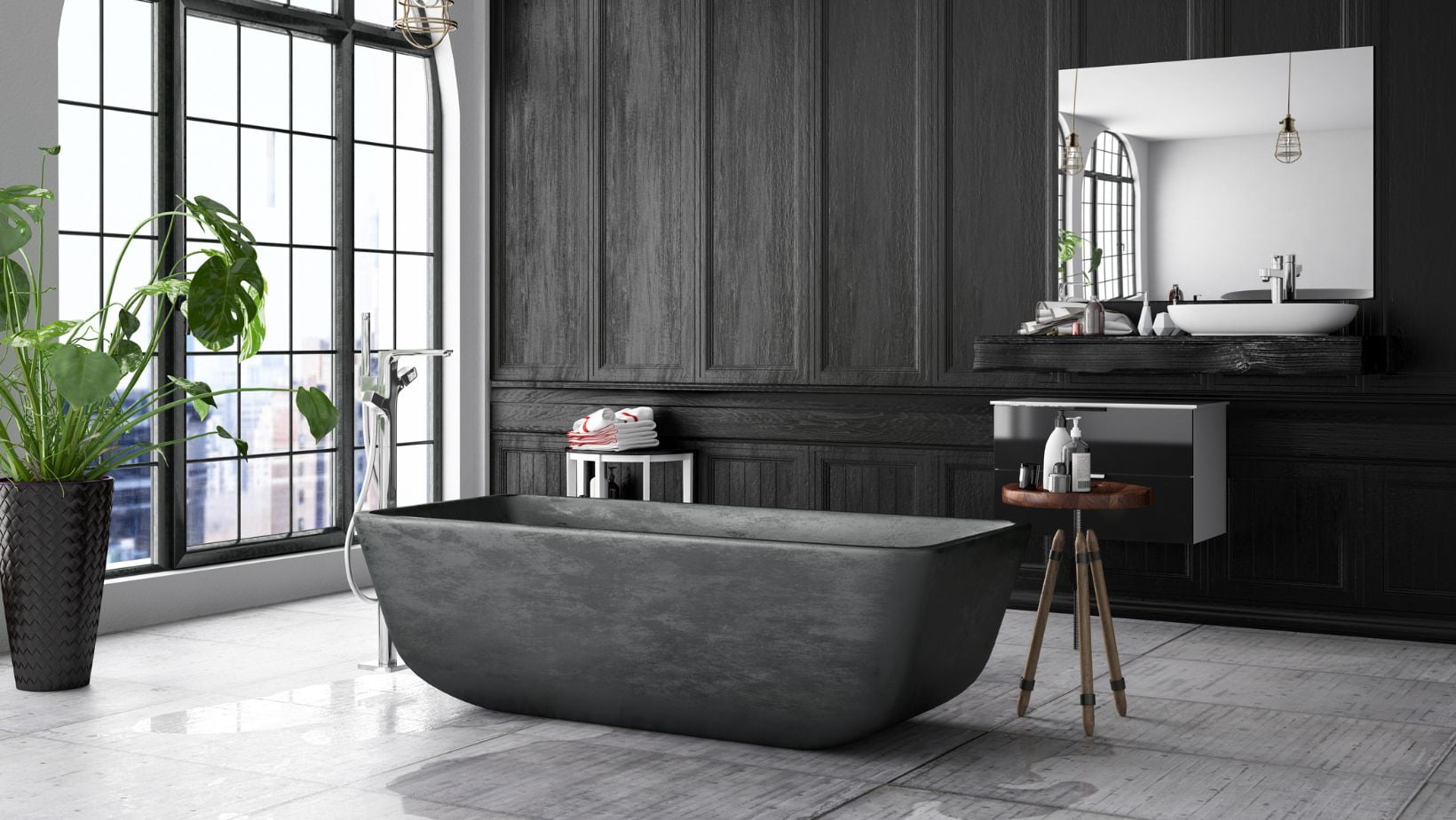When it comes to bathroom renovations, one common dilemma homeowners face is choosing between a walk-in tub and a walk-in shower. Both options offer unique benefits, and the decision depends on your specific needs, preferences, and circumstances. In this blog, we’ll compare walk-in tubs and walk-in showers to help you make an informed choice for your bathroom upgrade.
Walk-In Tub:

1. Accessibility
- Pros: Walk-in tubs are designed with accessibility in mind. They typically have a low step-in threshold and a built-in seat, making them ideal for individuals with mobility issues or seniors who require a safer bathing option.
- Cons: Filling and draining a walk-in tub can take more time than a shower, and you need to wait inside the tub until the water level is sufficient for a comfortable soak.
2. Therapeutic Features
- Pros: Many walk-in tubs come equipped with therapeutic features like hydrotherapy jets and air jets. These can provide relief for muscle pain, arthritis, and other health conditions.
- Cons: The added features may increase the cost of the tub and require more maintenance.
3. Water Usage
- Pros: Walk-in tubs are known for their deep soaking capabilities, allowing you to fully immerse yourself. This can be a luxurious experience for those who enjoy long baths.
- Cons: They typically use more water than a shower, which can impact your water bill.
4. Space Requirements
- Pros: Walk-in tubs can fit into the same space as a standard bathtub, making them a good option for smaller bathrooms.
- Cons: Installation may require plumbing modifications, which can add to the cost.
Walk-In Shower:

1. Accessibility
- Pros: Walk-in showers offer easy accessibility with no step-over barrier. They are wheelchair-friendly and perfect for those who prefer or require a quick and easy shower.
- Cons: Walk-in showers may not provide seating options, which can be a drawback for some individuals.
2. Low Maintenance
- Pros: Walk-in showers are generally easier to clean and maintain than tubs. They have fewer nooks and crannies where mold and mildew can accumulate.
- Cons: If you choose a tile shower, the grout lines may require periodic cleaning and maintenance.
3. Versatility
- Pros: Walk-in showers offer more design versatility. You can select from various tile, stone, or glass options to create a custom look that matches your bathroom’s style.
- Cons: Customized showers can be more expensive to install than a standard prefabricated walk-in tub.
4. Water Conservation
- Pros: Walk-in showers are more water-efficient than tubs, making them an environmentally friendly choice.
- Cons: If you enjoy long, leisurely baths, a walk-in shower may not provide that option.
In conclusion, the choice between a walk-in tub and a walk-in shower depends on your specific needs, preferences, and budget. If accessibility and therapeutic features are essential, a walk-in tub might be the right choice. However, if you prioritize convenience, low maintenance, and design flexibility, a walk-in shower may better suit your needs. Ultimately, both options can enhance your bathroom’s functionality and aesthetics, providing a safe and enjoyable bathing experience.


